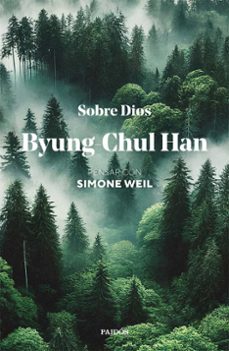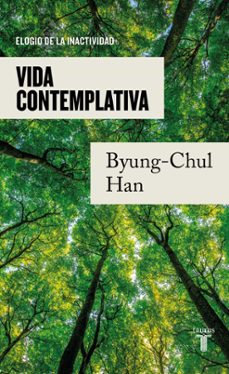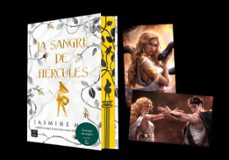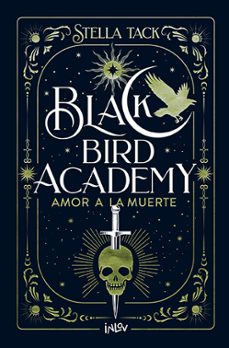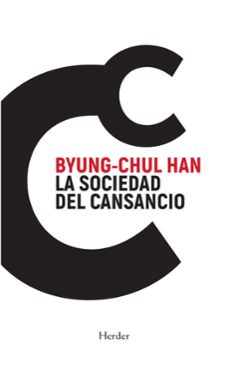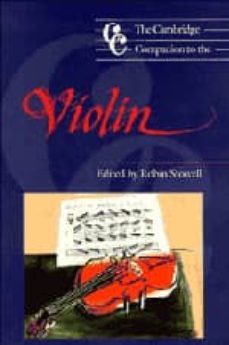Imprescindibles
Ficción
No Ficción
Ciencias y tecnología Biología Ciencias Ciencias naturales Divulgación científica Informática Ingeniería Matemáticas Medicina Salud y dietas Filología Biblioteconomía Estudios filológicos Estudios lingüísticos Estudios literarios Historia y crítica de la Literatura
Humanidades Autoayuda y espiritualidad Ciencias humanas Derecho Economía y Empresa Psicología y Pedagogía Filosofía Sociología Historia Arqueología Biografías Historia de España Historia Universal Historia por países
Infantil
Juvenil
Cómic y manga
Novela gráfica Novela gráfica americana Novela gráfica europea Novela gráfica de otros países Personajes, series y sagas Series y sagas Star Wars Superhéroes Cómics DC Cómics Marvel Cómics otros superhéroes Cómics Valiant
eBooks
Literatura Contemporánea Narrativa fantástica Novela de ciencia ficción Novela de terror Novela histórica Novela negra Novela romántica y erótica Juvenil Más de 13 años Más de 15 años Infantil eBooks infantiles
Humanidades Autoayuda y espiritualidad Ciencias humanas Economía y Empresa Psicología y Pedagogía Filosofía Historia Historia de España Historia Universal Arte Cine Música Historia del arte
Ciencia y tecnología Ciencias naturales Divulgación científica Medicina Salud y dietas Filología Estudios lingüísticos Estudios literarios Historia y crítica de la Literatura Estilo de vida Cocina Guías de viaje Ocio y deportes
Robin Stowell
Robin Stowell es violinista y profesor de Música en la Universidad de Cardiff.
Recibe novedades de ROBIN STOWELL directamente en tu email
Filtros
Del 1 al 4 de 4
Alianza Editorial 9788420682075
Durante las últimas décadas la interpretación histórica se ha
convertido en una parte de la vida musical cotidiana en muchos lugaresdel mundo. Este volumen está escrito para todos aquellos que están
Ver más
Tapa blanda
CAMBRIDGE UNIVERSITY PRESS 9780521399234
The Cambridge Companion to the Violin offers students, performers, and scholars a fascinating and composite survey of the history and repertory of the instrument from its origins to the present day. The volume comprises fifteen essays, written by a team of specialists, and is intended to develop the violin's historical perspective in breadth and from every relevant angle. The principal subjects discussed include the instrument's structure and development; its fundamental acoustical properties; principal exponents; technique and teaching principles; solo and ensemble repertory; pedagogical literature; traditions in folk music and jazz; and aspects of historical performing practice. The text is supported by numerous illustrations and diagrams as well as music examples, a useful appendix, glossary of technical terms, and an extensive bibliography.
Ver más
Tapa blanda
CAMBRIDGE UNIVERSITY PRESS 9780521397445
This volume is one of the first to examine in detail the numerous violin treatises of the late-eighteenth and early-nineteenth centuries. It provides a scholarly historical and technical guide to violin pedagogical method, technique and performance practice during the most critical period in the history of the instrument. Extracts in translation from the most significant and authoritative sources are presented with introductions, commentary, illustrations, extensive musical examples and a glossary of specific ornaments. It will be of interest and use to students, performers, and historians.
Ver más
Tapa blanda
CAMBRIDGE UNIVERSITY PRESS 9780521625555
This practical guide is intended for all violinists and viola players who wish to give - or to understand and appreciate - historically aware performances of early music for their instruments. It comprises discussion of the literature, history and repertory of the violin and viola, the myriad relevant primary sources and their interpretation, and the various aspects of style and technique that combine to make up well-grounded, period performances. It also considers various related family instruments, contains practical advice on the acquisition of appropriate instruments, and offers suggestions for further reading and investigation. Many of the principles outlined are put into practice in case studies of six works composed c.1700-c.1900, the core period which forms this series' principal (though not exclusive) focus. Music by Corelli, Bach, Haydn, Beethoven, Mendelssohn and Brahms is examined with a view to recreating performances as faithful as possible to the composer's original intention.
Ver más
Tapa blanda
Del 1 al 4 de 4





